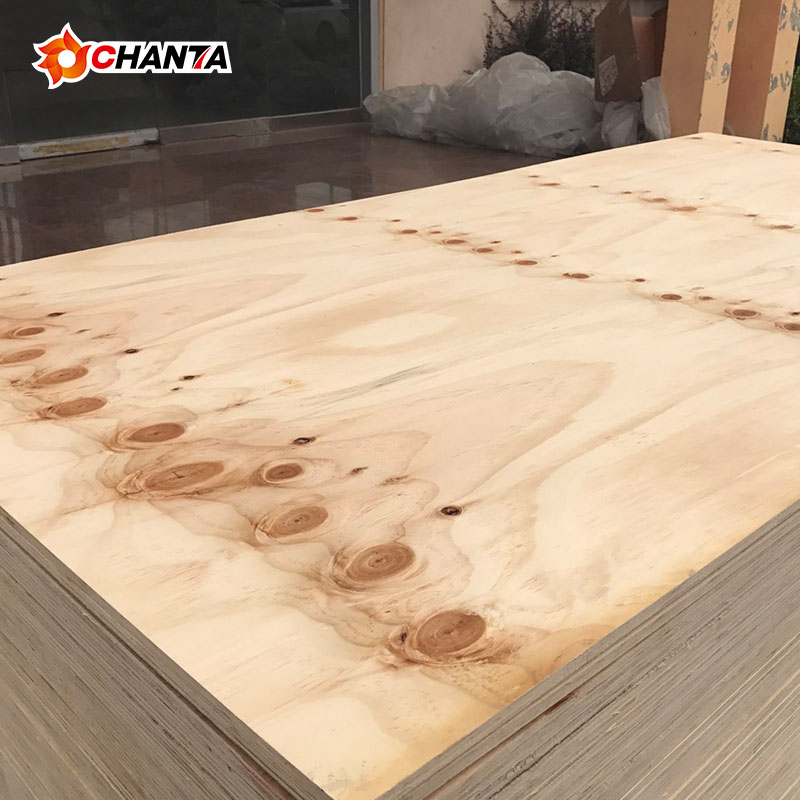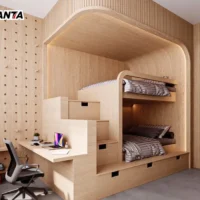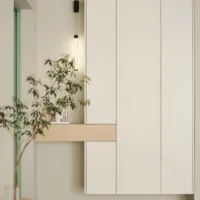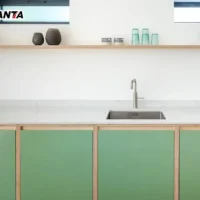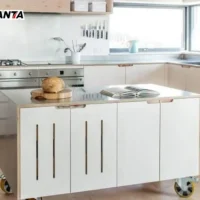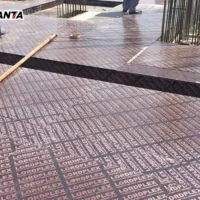Film Faced Plywood
Film faced plywood has a rich history that traces its development and evolution over several decades.
The concept originated in the mid-20th century as the construction industry sought materials that could enhance the efficiency and quality of concrete formwork. Early versions featured basic overlays to protect plywood from the harsh conditions of formwork, gradually evolving into the sophisticated film faced plywood we know today.
The 1970s marked a significant turning point with the introduction of advanced film-facing technologies, such as phenolic and melamine films. These innovations enhanced the plywood’s durability, resistance to moisture, and overall performance in concrete formwork applications. Over the years, continuous research and technological advancements have contributed to further improvements, making film faced plywood a staple in the construction sector.phenolic faced plywood is of the best quality.
Advantages of Film Faced Plywood:
Durable Construction Material:
Film faced plywood is engineered to endure the demanding conditions of concrete formwork. The durable film overlay, often made of phenolic resin, provides exceptional strength and resilience, ensuring longevity and reliability in construction projects.
Waterproof and Weather-Resistant:
One of the primary advantages of film faced plywood is its waterproof plywood nature. The film facing acts as a protective barrier, preventing moisture penetration. This makes the plywood suitable for various weather conditions and ensures stability during concrete curing.
Smooth Surface Finish:
The smooth surface finish of film faced plywood contributes to high-quality concrete outcomes. It facilitates easy formwork removal and reduces the need for additional surface treatments, saving both time and resources.
Versatility in Applications:
Film faced plywood is highly versatile and finds application beyond concrete formwork. It is utilized in flooring, roofing, and wall sheathing, showcasing its adaptability in diverse construction scenarios.
Time and Cost Efficiency:
The efficiency of film faced plywood in construction is reflected in time and cost savings. Its reusability, combined with the smooth surface finish, streamlines the formwork process, leading to faster construction cycles and reduced overall project costs.
Application Scenarios for Film Faced Plywood:
Concrete Formwork:
Film faced plywood is predominantly used in concrete formwork, where it serves as a mold for poured concrete. Its smooth surface and robust construction contribute to the creation of high-quality and structurally sound concrete elements.
Residential and Commercial Construction:
In both residential and commercial construction projects, film faced plywood finds application in various structural and finishing aspects. This includes flooring, roofing, and wall sheathing, showcasing its versatility in creating durable and aesthetically pleasing structures.
Infrastructure Projects:
Infrastructure projects such as bridges, tunnels, and highways often require the use of film faced plywood for formwork. Its ability to withstand challenging conditions and provide consistent results makes it a reliable choice for large-scale construction initiatives.
Industrial Applications:
Film faced plywood is utilized in industrial settings for manufacturing components that require precision and strength. Its consistent thickness and durability make it suitable for a range of industrial applications.
In conclusion, the development history of film faced plywood highlights its evolution from basic overlays to advanced technologies. Its advantages, including durability, waterproof properties, versatility, and efficiency, make it an indispensable material in various construction applications, with a focus on concrete formwork and beyond.














